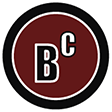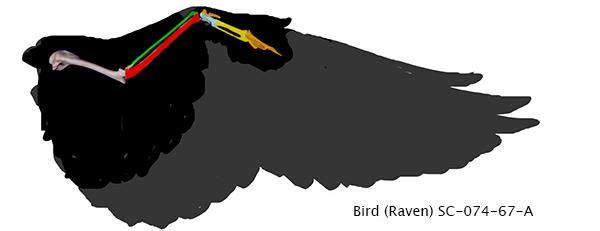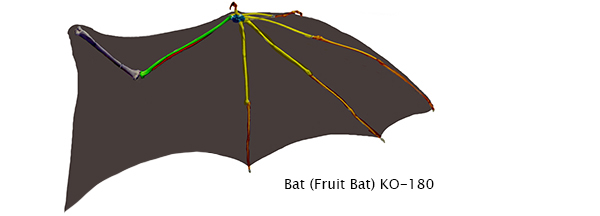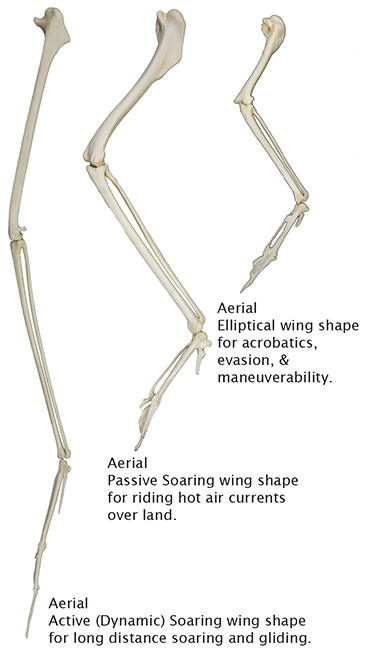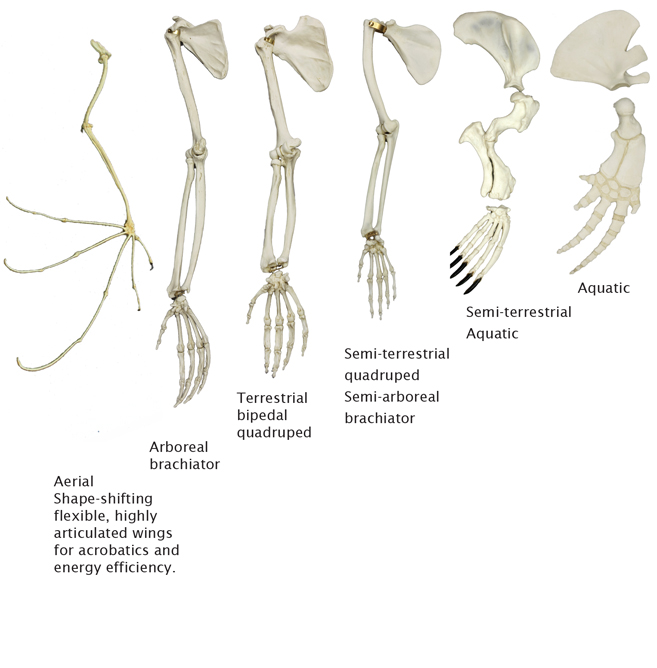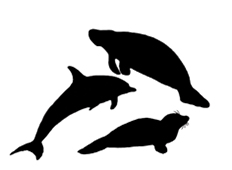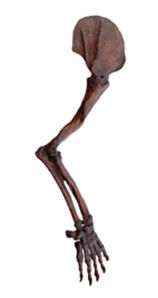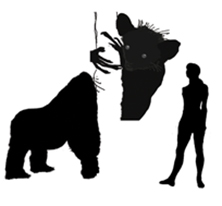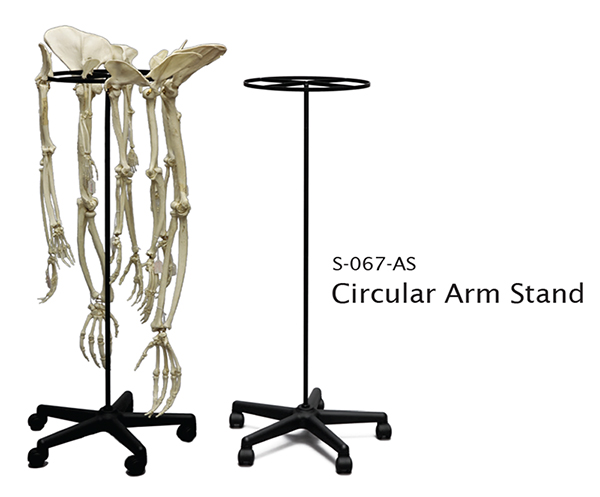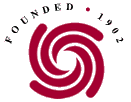-
Fields of Study
- K-12 Education
- Advanced Anatomy
- Forensics
- Physical Therapy
- Primate Locomotion
- Non-primate Locomotion
- Biological Anthropology
- Paleontology
- Bioarchaeology
- Marine-Aquarium
- Veterinary
-
Zoology
- All Zoological Items
- Endangered Species
- Skulls
- Skeletons
- Cranial Elements
- Postcranial Elements
- Eggs
- Limbs
- Teeth & Fangs
- Claws & Talons
- Brains & Endocasts
- Life Casts
- Pathology & Trauma
- Wildlife Forensics
- Sets
- Bird Sets
- Accessories
- Birds
- Mammals
- Reptiles & Amphibians
- Fish
- Sharks & Rays
- Turtles & Tortoises
- Anatomy for the Artist
- Decor
- Veterinary
- Elements
- Pathology & Trauma
-
Sets & Series
- Natural History Gift Ideas
- Decor
- Scale & Sculpture
- 3D Scanned & Printed
- Bone Boxes
- Locomotion Sets
- Forensic Sets
- Advanced Anatomy Sets
- Physical Therapy Series
- Fetal Sets
- Economy Series
- Zoology Sets
- Bird Sets
- Claw & Talon Sets
- Tooth & Fang Sets
- Primate Skull Sets
- Fossil Hominid Sets
- B.I.O.P.S.I. - Babiarz Institute
- Maxwell Collection
- Bergdorf Goodman Windows
- Accessories
- New Products
-
Our Company
- News & Specials
- Printable Handouts
- About Us
- Why Choose Bone Clones
- Bone Clones in the News
- Mission
- Contact Us
- Privacy and Security
- FAQs
- Testimonials
- Community Outreach
- Legal/Copyright
- Flyers
- Choosing Original Specimens
- Museum Exhibitions
- Natural History Gift Ideas
- About the Economy Series
- Acknowledgements
- Ordering & Delivery
- Warranty
- Refund/Return Policy
- Osteological Evaluation Reports
- About 3D Printing
- Sawyer & Maley Neanderthal Reconstruction
- Newsletter Archive
-
Human Anatomy
- All Human Anatomy
- Human Skulls
- Human Skeletons
- Head & Neck
- Postcranial Elements
- Advanced Anatomy
- Physical Therapy / Joints
- Human Brains & Endocast
- Human Life Casts
- Maxwell Museum
- Sets & Series
- Accessories
- Osteological Evaluation Reports
- Featured
- Adult Human Anatomy
- Adolescent Human Anatomy
- Child Human Anatomy
- Fetal Human Anatomy
-
Zoology
- All Zoological Items
- Endangered Species
- Skulls
- Skeletons
- Cranial Elements
- Postcranial Elements
- Eggs
- Limbs
- Teeth & Fangs
- Claws & Talons
- Brains & Endocasts
- Life Casts
- Pathology & Trauma
- Wildlife Forensics
- Sets
- Bird Sets
- Accessories
- Birds
- Mammals
- Reptiles & Amphibians
- Fish
- Sharks & Rays
- Turtles & Tortoises
- Fossil Hominids
- Paleontology
- Non-human Primates
- Forensics
About Limbs
All items sold on this website are replicas; no real/natural bone is available on this site. Bone Clones® are 1:1 scale unless stated otherwise. All Bone Clones® products are made in the USA.
The study and comparative analysis of limbs provides an opportunity to explore subjects such as: evolution, convergence, divergence, homology, analogy, functional usage, environmental adaptation, and locomotion. We've illustrated some of the possibilities below, and included links to pictured products and printable handouts.
The last common ancestor of the group of animals called tetrapods occurred in the Devonian Period, about 360 million years ago. This animal happened to have four limbs with five fingers. Its evolutionary descendants have retained this basic plan, with adaptations for how the animal uses the limb. In some cases modification includes the fusion or loss of bones. The ancestral tetrapod pentadactyl limb plan consists of three parts: upper (arm or thigh) containing one long bone, middle (forearm or shank) containing two long bones, and lower (hand or foot) containing a number of small bones. Through divergent, or radiating, evolution the descendants of the earliest tetrapod evolved into animals adapted to widely different ecological niches and environments. Some of these animals exist only in the fossil record. Others became the animals we know today as amphibians, reptiles, birds and mammals.
For printable handouts, Click Here.
Homologous and Analogous Limb Structures
| Homologous: | Similar structure - common ancestry. (Forelimbs) Corresponding in evolutionary origin, position, and structure, but not necessarily in function. Divergent evolution: from the same, becoming different in form and function. (from Ancient Greek homós, 'same' + lógos, 'account, explanation, narrative') |
| Analogous: | Similar function – different ancestry. (Wings) Corresponding in function, but having evolved separately. Convergent evolution: from different, in order to perform similar function, becoming similar. Form may not match, as in bird vs. bat wings. (from Greek ana-, a word forming element meaning 'against, backward, or back' + lógos, 'account, explanation, narrative') |
As FORELIMBS, the human arm, bird wing, and bat wing are homologous. The limb served the SAME function: as a forearm (not a wing) in the last common ancestor of tetrapods. Over time, the limb diverged, taking different forms to fulfill different functions.
As WINGS, the bird wing and bat wing are analogous.They are similar to each other in function, performing as wings for flight, but have evolved differently. The bird wing is a modified tetrapod arm, the bat wing is a modified mammal hand. Over time, the limbs converged, becoming similar in form and function.
Bird Forelimbs (Wings)
Mammal Forelimbs
The Pentadactyl Tetrapod Limb
| Tetrapod: | A member of the group made up of amphibians, reptiles, birds, and mammals, having evolved from a common four-limbed ancestor. (from Greek tetra- 'four' + pous 'foot.') |
| Pentadactyl: | Five-fingered; five-toed (from the Ancient Greek pénte- 'five' + Greek daktylos, 'fingers or toes') |
| Limb (biology): | An extremity or appendage that is distinct from the head and trunk; an arm, leg, flipper or wing. (from Old-English lim, 'branch, part, or member,' also Latin limbus, 'border or edge') |
| Many pentadactyl tetrapods use limbs for locomotion, such as walking, running, flying, climbing, digging and swimming. Some use their front and/or hind limbs to tear, grasp, carry and/or manipulate objects. In each species, the limb has evolved to fulfill its job; its form enables its function. Tetrapod pentadactyl limbs may be analyzed and compared to ascertain what environmental and evolutionary pressures led to morphological changes (in other words: how an animal's environment and use of its limbs affected their shape), as well as how different species are related. |
Walking & Running
(forelimb)
some primates,
horse, dog
(unguligrade, digitigrade)
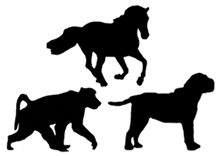
The ancestral limb plan consists of three parts: upper (arm or thigh) containing one long bone, middle (forearm or shank) containing two long bones, and lower (hand or foot) containing a number of small bones.
The last common ancestor of the group of animals called tetrapods occurred in the Devonian Period, about 360 million years ago. This animal happened to have four limbs with five fingers. Its evolutionary descendants have retained this basic plan, with adaptations for for how the animal uses the limb. In some cases modification includes the fusion or loss of bones.
Through divergent, or radiating, evolution the descendants of the earliest tetrapod evolved into animals adapted to widely different ecological niches and environments. Some of these animals exist only in the fossil record. Others became the animals we know today as amphibians, reptiles, birds, and mammals.
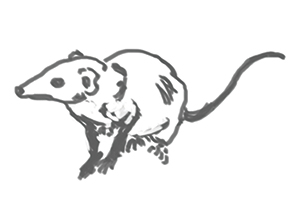
FORELIMB
Body Part & Function
Name of Bone
upper arm
humerus
lower arm (forearm)
radius & ulna
wrist
carpals
hand
metacarpals
& phalanges
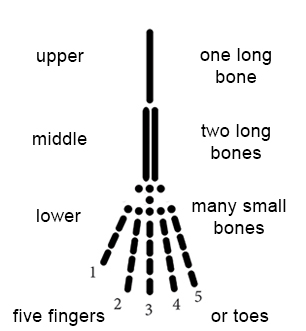
HINDLIMB
Body Part & Function
Name of Bone
upper leg (thigh)
femur
lower leg (shank)
tibia & fibula
ankle
tarsals
foot
metatarsals
& phalanges
See the following categories for more limbs and options:
Human and Non-human Primate Arms
Human and Non-human Primate Legs
Zoological Limbs
Limbs are available from all skeletons, including additional non-human primates, komodo dragon, goliath frog, duck-billed platypus, colugo, additional human and non-human primates, and birds. Some limbs may not be listed separately on our website, but may be ordered through our customer service department. Please contact us to enquire.
Human and Non-human Primate Skeletons
Zoological Skeletons
Newsletter Signup
9200 Eton Ave.
Chatsworth, CA 91311 USA
© 1992-2026 Bone Clones Holdings. All Rights Reserved.
Customer Service
© 2026 BONE CLONES HOLDINGS / Made by MEV


